ENDURO Longterm Test 2014: Introducing the Trek Slash 9

We all want to know which bikes and components can withstand the hard demands of everyday use, survive the toughest trails and keep coming back for more? In order to find out, our international team of testriders will each ride a different and exciting bike for a whole season. Aside from some late arrivals, most of the longterm testbikes have been collecting trail kilometers for a few weeks already. So it’s high time to introduce the bikes! Let’s start with Aaron, Editor & Portal Manager at ENDURO introducing himself and his Trek Slash 9 27.5″:

With its potent and efficient suspension, light weight and aggressive geometry, the Trek Slash 9 can potentially become my loved companion for the races and rides I have planned for the upcoming season. 27.5″ wheels and 160 millimeters of travel should handle all the race stages and alpine adventures with ease. I chose a L-size frame (19,5″) which seemed to suit my 186cm height.
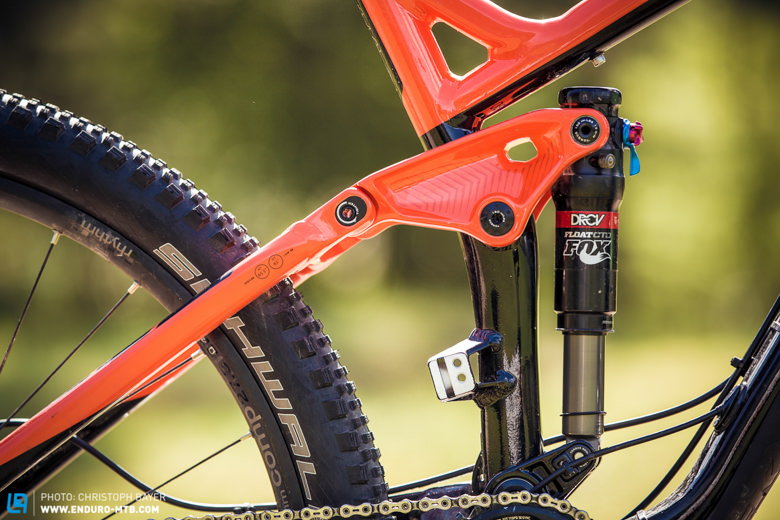
The DRCV Shock, especially engineered for Trek, seamlessly adjusts its air volume based on the bump size you encounter. This way it aims to combine high pedal efficiency and maximum downhill performance in rough terrain. Using the blue lever, the rider can select between three modes: “Climb”, “Trail” or “Descent”.
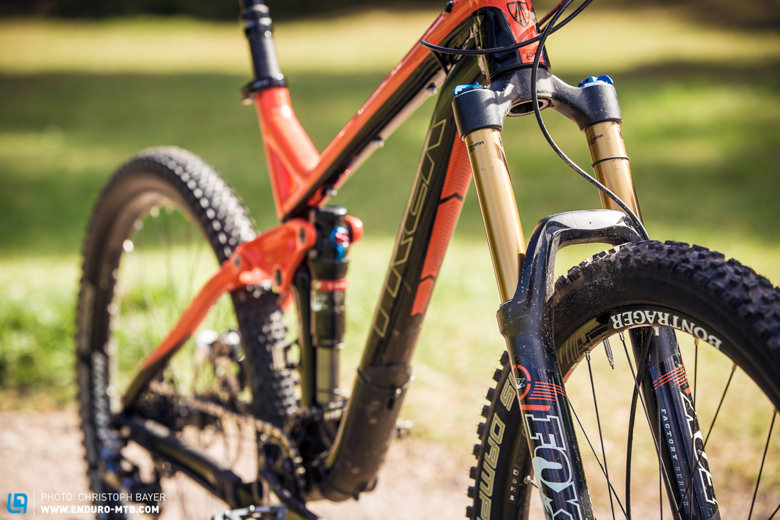
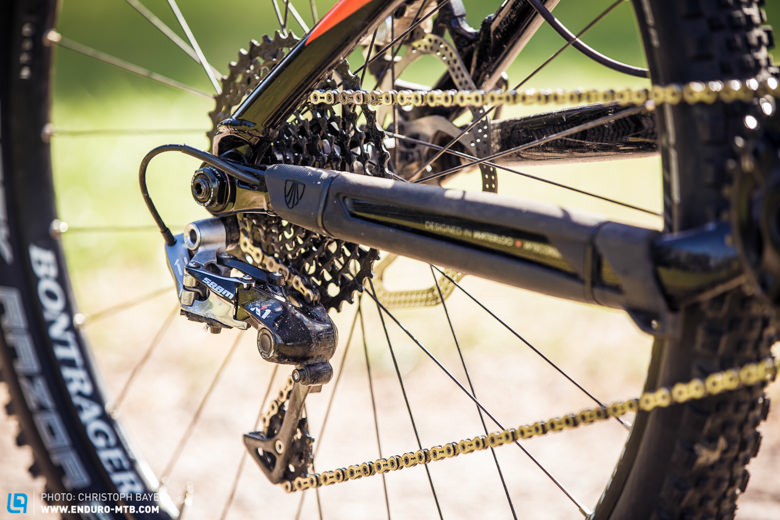
SRAM’s 1×11 drivetrains have become standard with high-end enduro bikes already. Trek builds the drivetrain from an X01 derailleur, XX1 cassette and an X1 aluminum crank. After a crash, I switched to the lighter XX1 derailleur.

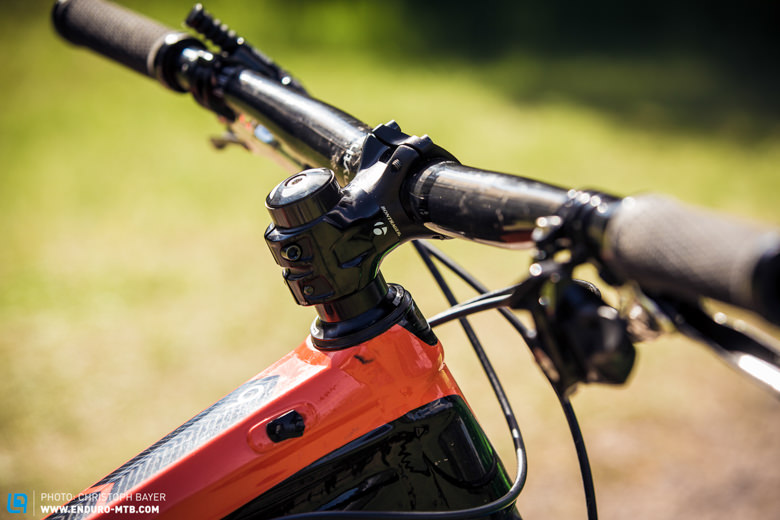
Brakes are Avid X.0 Trail with the classic 200/180mm disc combination. I ran the same model in last years long term-test without any problems.

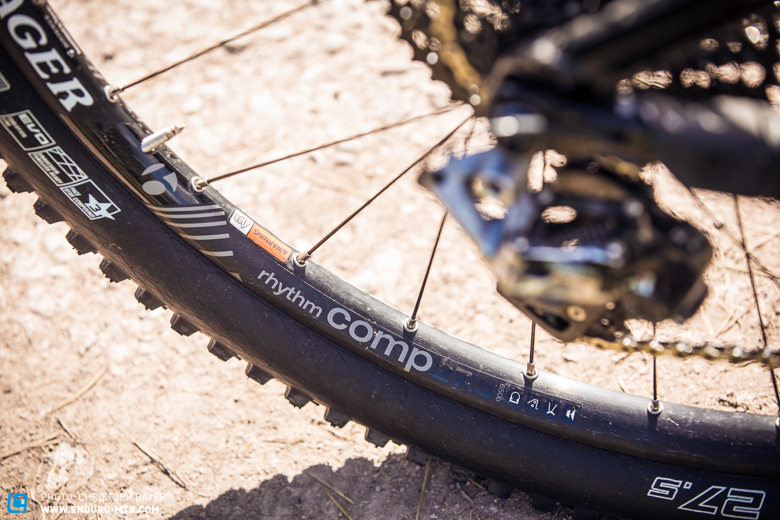
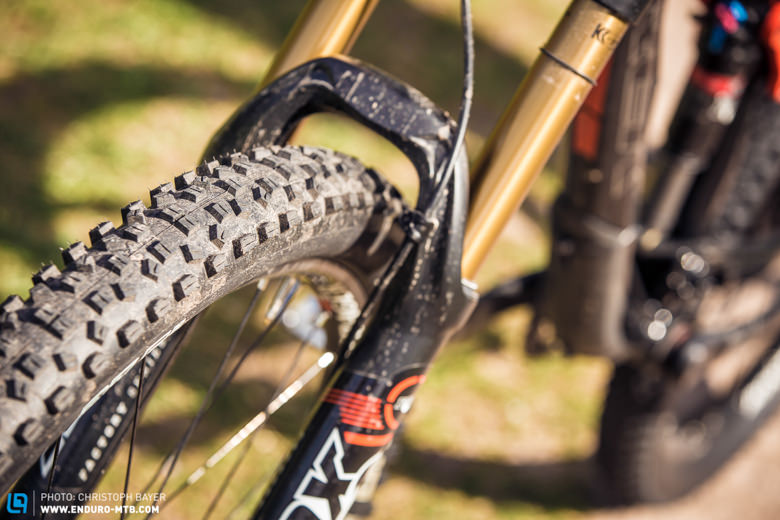
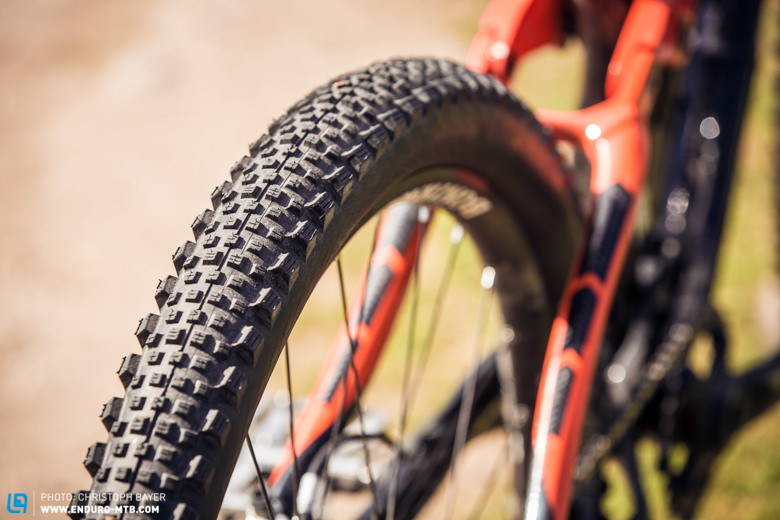
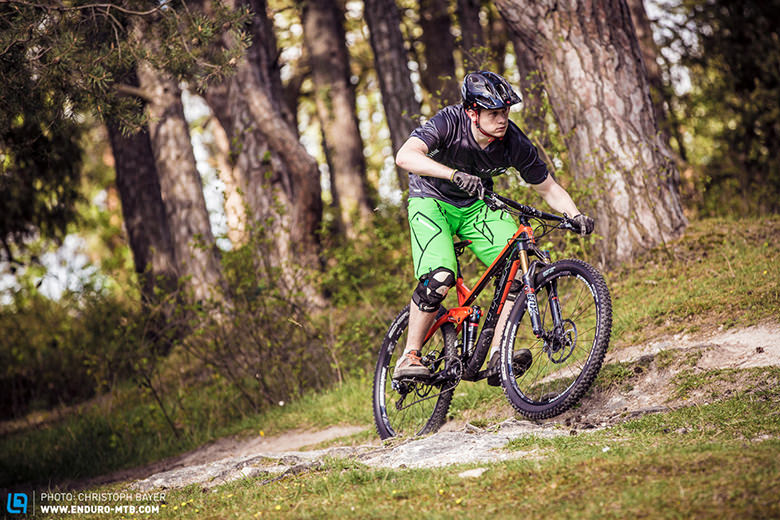

My goal for 2014 is, in addition to more than 15 races (mainly Specialized-SRAM Enduro Series & European Enduro Series), to spend as much time as possible on epic rides in the alps. However, after work rides on our local trails around Stuttgart (Germany) will play a role too. So in percentage terms, the Slash will be ridden around 40% on local trails, 30% on race-tracks and 30% on alpine terrain.
You can follow our experiences with the Trek – and all other longterm testbikes – in our interactive timeline: Including broken parts, tuning modifications and everyday-impressions, but also all the great stories we experienced with our bikes – you should swing by regularly!
Year of birth: 1988 | Biking since: 2008 | Size: 186cm | Weight: 75kg | Job: Editor & Portal Manager at ENDURO | @Strava
Did you enjoy this article? If so, we would be stoked if you decide to support us with a monthly contribution. By becoming a supporter of ENDURO, you will help secure a sustainable future for high-quality mountain bike journalism. Click here to learn more.








